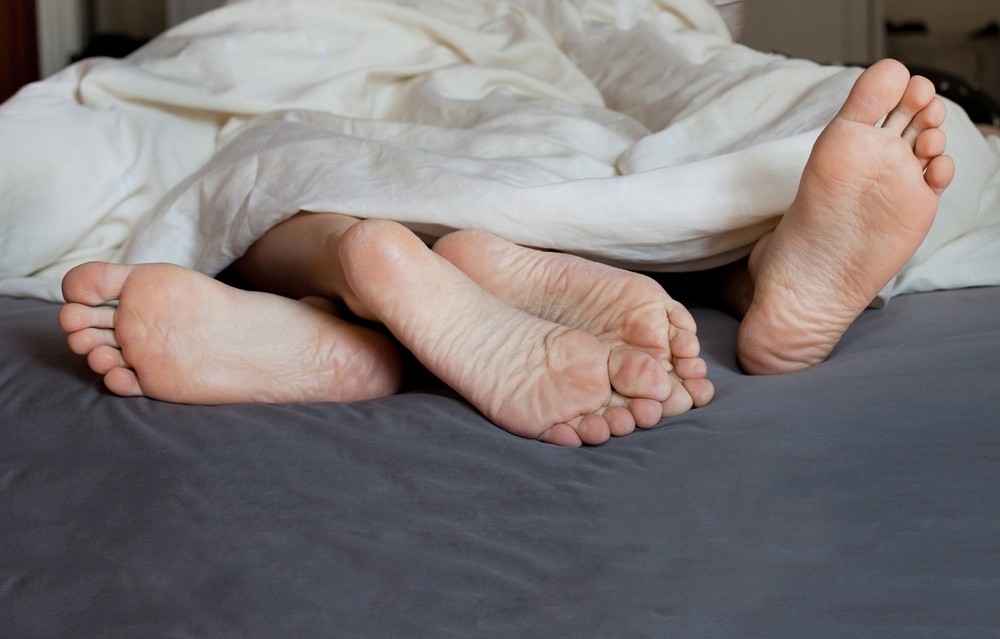Bacterial Vaginosis or BV is the most common genital tract disorder in reproductive-aged women. It is characterized by a shift from a healthy vaginal microbiome – one dominated by acid-producing bacteria (the healthy bacteria, such as lactobacillus) – to a vagina dominated by unhealthy bacteria. The most prominent and often the most disconcerting symptom of BV is a strong fishy vaginal odor, but some women with BV also see increased amounts of discharge that is gray in color. A burning sensation when you urinate, itching in the vulvovaginal area and pain during sex are other symptoms of Bacterial Vaginosis
Let’s explore how Bacterial Vaginosis affects fertility.
Bacterial Vaginosis
Bacterial Vaginosis can be a vicious circle of triggers, which means that breaking the BV cycle of bacterial imbalance can be very difficult. Women with BV have reduced levels of amylase in the vagina, an enzyme that breaks up big carbohydrates into smaller carbohydrates called glycogen that healthy bacteria eat. Without this preferred food source, the friendly lactobacillus bacteria can’t grow and thrive. Women with BV also have reduced levels of antimicrobial peptides (AMPs) that can fight off invading bacteria. In healthy vaginas, vaginal mucosal cells normally make AMPs.
Can Sperm and Eggs Survive Bacterial Vaginosis?
Bacterial Vaginosis is three times more common in infertile women than fertile women. BV, and other infections in general, can decrease fertility in a number of ways:
- Increasing inflammation and immune system activity, making a toxic environment for reproduction
- Causing damage to sperm and vaginal cells
- Interfering with the production of healthy cervical mucus during ovulation
- Blocking the fallopian tubes through scar tissue damage from infections, so that sperm and egg can’t meet
Can BV Affect My Pregnancy?
Bacterial Vaginosis is associated with a two-fold increase in risk of preclinical pregnancy loss, sometimes called a chemical pregnancy, following IVF. For women with BV present during pregnancy, there may be an increased risk of miscarriages, preterm birth, and low birth weight complications for the newborn, as well as postpartum infections.
Can My Vaginal Microbiome Affect My Baby?
Research has shown that a baby born vaginally will have a microbiome that closely resembles the mother’s microbiome. Fetal microbial influence can start as early as in the womb through microbes shared from the placenta, amniotic fluid, and umbilical cord blood. Breastfeeding after birth can also pass the mother’s microbiome to the baby but the largest transfer of microbes occurs during the baby’s trip down the vaginal canal. Your child’s best possible lifelong health and immune system are impacted by the microbiome in your vagina during birth so it’s wise to keep the vaginal ecosystem in a healthy state during pregnancy.
How Does BV Develop?
For about 90% of women who are diagnosed, Bacterial Vaginosis develops after a persistent loss of lactic acid producing bacteria in the vagina. Lactic acid producing bacteria help a healthy vagina maintain an acidic vaginal pH. This pH of around 4.5 keeps the bacteria that cause BV at bay. The acidic pH also supports normal exfoliation, or shedding, of vaginal mucosal cells, which in turn releases glycogen for the good bacteria to eat.
If you are able to restore the conditions in the vaginal ecosystem that allow the healthy bacteria to thrive, it is possible to stop the vicious cycle of BV. However, if the bad bacteria populations continue to grow, there won’t be enough glycogen for the healthy lactobacillus bacteria to eat. The BV bacteria will then make a biofilm at an elevated pH that coats and protects these bad bacteria, making it difficult for the lactobacillus to return to healthy levels.
Treatments – What to Do and Not Do
Antibiotics such as metronidazole (aka Flagyl), clindamycin, and tinidazole are often prescribed and will destroy some of the bacteria that cause symptoms of bacterial vaginosis. But, it is well-known that antibiotics kill off the good bacteria along with the infection-causing bacteria, which has potentially dire long-term impact on vaginal health. In a groundbreaking study published in Nature, Martin Blaser of New York University’s Langone Medical Center maintains that antibiotics’ impact on friendly bacteria is permanent.1 Blaser argues that the consequences of this are so serious that antibiotic prescriptions should not be given to pregnant women and young children.
Since vaginal health correlates to the presence of good bacteria, antibiotics must be used only when absolutely necessary. Killing off the good bacteria along with the bad can lead to vaginal imbalance and recurring instances of BV. Studies have shown that more than 50 percent of women treated for BV will experience a recurrence within 12 months.2 BV is most typically recurrent following a course of antibiotics.
Given that there are no easy answers when it comes to treating BV, the best course of action may very well be to help our vagina heal itself by putting the good bacteria back in charge. Options to try instead of antibiotics may include a vaginal probiotic with healthy doses of micronutrients that are required for a healthy vaginal ecosystem (such as iron, zinc and manganese).
How Can I Prevent Bacterial Vaginosis?
Healthy bacteria are the best defense against bacterial vaginosis, so anything you do to encourage the growth of lactobacillus bacteria will be a positive step forward in your fight against BV. First and foremost, don’t douche. Douching washes out all the good bacteria with the bad, and many douches contain harsh chemicals. When you are looking for vaginal health products to eliminate odor, maintain pH or lubricate for intimacy, choose products without glycerin (glycerol), coating oils, or parabens. It is also important to select products that are isotonic with vaginal cells, meaning that the salt/ion concentration of the product is the same as your vaginal tissues. Many lubricants and freshening gels have salt (ion) concentrations that are 4 times higher than vaginal fluids. High salt levels will pull water from cells and have been found to permanently damage vaginal mucosal cells and lactobacillus. Never use household oils such as coconut oil in your vagina. Coconut oil can contain toxic peroxides and inflammatory chemicals due to exposure to light and storage at room temperature, and can coat the vagina thereby interfering with vaginal self-cleaning.
A few additional comments about pH: remember that a healthy vaginal pH is acidic, with a pH level of 4.5. When choosing products for odor control or lubrication, be sure to select products that have a pH of no lower than 4 and no higher than about 5.5. The one exception is when you are trying to get pregnant, it is best to use a pH 7 lubricant during your fertile window to avoid harming sperm.
How Does BV Impact My Overall Vaginal Health?
Bacterial Vaginosis:
- Can cause scarring of the Fallopian tubes and associated fertilization failure.
- Keeps the vagina’s immune system into a persistent, raised state of response.
- Causes chronic inflammation. Women with BV have an increase in vaginal chemicals associated with inflammation, called interleukins.
- Compromises the white blood cells that fight infection, making women with BV more prone to other vaginal infections. Studies show BV is associated with increased rates of human papillomavirus and HIV infection.
Good Vaginal Health is Good for Fertility Too
Bacterial Vaginosis is no fun to deal with, and is especially impactful not only when you are trying to conceive, as it can harm sperm and eggs, but also during pregnancy. Like with most health conditions, an ounce of prevention is worth a pound of cure. By choosing vaginal care products that support the growth of healthy bacteria (or at a minimum don’t harm healthy bacteria), you can keep your vaginal ecosystem in the proper balance, and key BV at bay.
Our Ultimate Fertility Resource Guide provides the information you need on fertility, tips on how to get pregnant faster, and how to boost fertility through sometimes simple tweaks to your lifestyle and approach. The guide is easy to read and meant for anybody wanting to increase their ability to conceive. It’s a free download and includes coupon codes for essential products. Even free Nightfood Nighttime Ice Cream.
Want to Know More?
Sources
1Blaser MJ. Stop the killing of beneficial bacteria. Nature 476, 393–394 (25 August 2011). doi:10.1038/476393a
2Bradshaw CS, et al. (2006). “High recurrence rates of bacterial vaginosis over the course of 12 months after oral metronidazole therapy and factors associated with recurrence” J Infect Dis. 2006 Jun 1;193(11):1478-86.
3Nasioudis et al. Bacterial Vaginosis: A critical analysis of current knowledge. BJOG 2017;124:61-69






